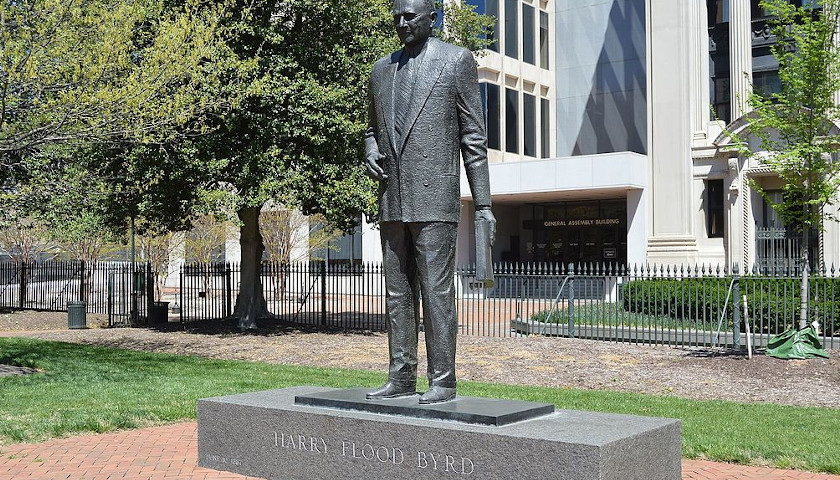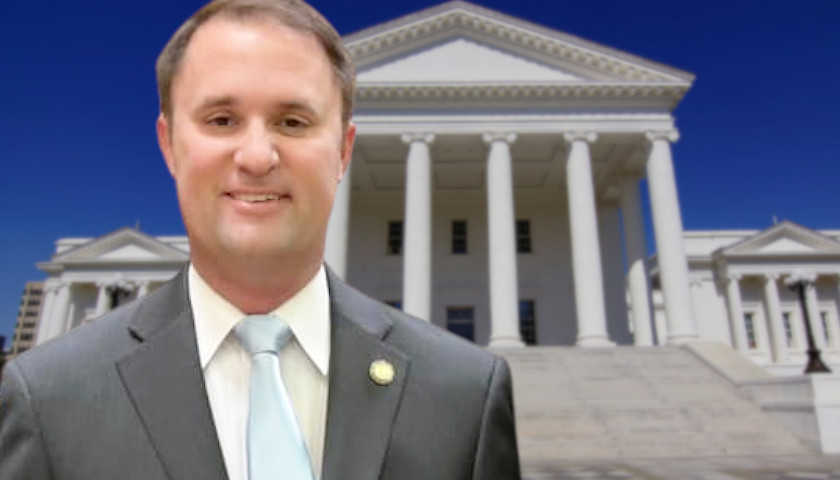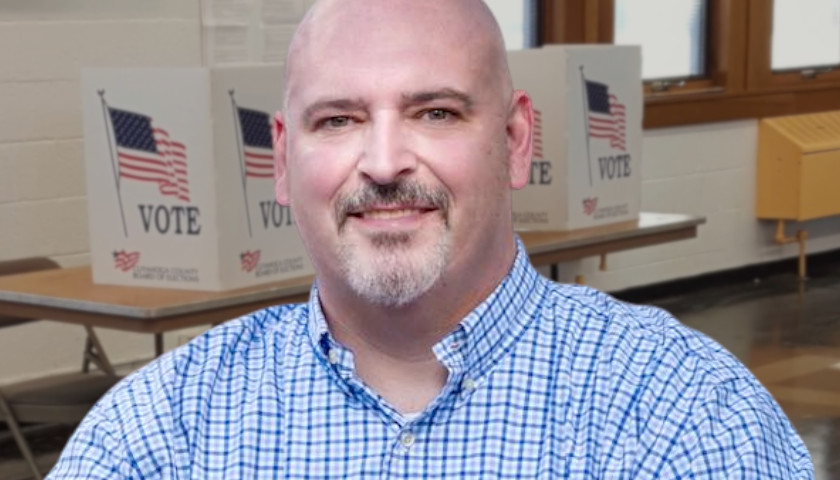The Virginia House of Delegates voted 63 to 34 on Wednesday to remove to storage the statue of former Democratic Governor Harry Byrd Sr. from Capitol Square. Byrd served as governor for four years from 1926-1930, and as senator from 1933 until 1965. He wielded extensive political power which he used to oppose the New Deal and civil rights legislation. His legacy has come under fire in part because he advocated “Massive Resistance,” an effort to block school desegregation mandated by the U.S. Supreme Court in its 1954 Brown v. Board of Education decision.
“It is my deep belief that monuments to segregation, massive resistance, and the segregation of one race below another only serve as a reminder to the overt and institutional racism that has and continues to plague our commonwealth,” said HB2208 sponsor Delegate Jay Jones (D-Norfolk) in the Rules committee on January 22.
The bill received bi-partisan support, with six Republican delegates joining Democrats to pass the legislation.
Gubernatorial candidate Delegate Kirk Cox (R-Colonial Heights) voted against the bill. “Governor Harry Byrd believed in segregation and promoted policies on segregation that did great damage to our Commonwealth. The statue could have been contextualized as a learning opportunity for future generations,” Cox’s Press Secretary Kristen Bennett said.
According to the Encyclopedia Virginia, Byrd was more active as a business-focused governor than in his time as senator.
“The legacy of his forty-year rule in Virginia was mixed,” writes Hampden-Sydney College Professor of History Ronald Heinemann. “During his governorship he provided the state with debt-free government that built good roads and stimulated economic development.”
Heinemann continues, “But as rapid changes engulfed Virginia, Byrd was unable to adapt. Pay-as-you-go led to crowded colleges, inadequate mental hospitals, and neglected social services; Massive Resistance produced racial intolerance, bitterness, and, in the case of Prince Edward County, schoolchildren who were denied education for five years, a lost generation.”
2020 saw a sea-change in political attitudes towards controversial monuments. According to Time, in 2017 Richmond Mayor Levar Stoney called for contextualizing Richmond’s confederate monuments. However, in 2020 Stoney reacted to shifting public opinion and removed many of the Confederate monuments. In Portsmouth, politicians waged an epic battle triggered by protests at their local monument; the monument has since been removed. In the Virginia House of Delegates, Speaker Eileen Filler-Corn (D-Fairfax) removed some capitol monuments in the middle of the night.
Removing the statue was one of Governor Ralph Northam’s recommendations in his 2021 State of the Commonwealth address.
“Virginia also continues to celebrate a man who worked against integration—Democrat Harry Byrd, the architect of Massive Resistance, which closed public schools to children like Barbara Johns,” Northam said. “It’s time to stop this celebration too, and remove this monument from Capitol Square.”
– – –
Eric Burk is a reporter at The Virginia Star and the Star News Digital Network. Email tips to [email protected].





